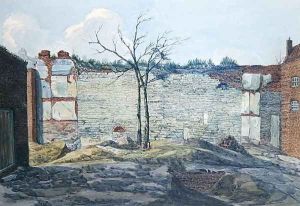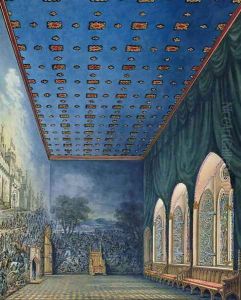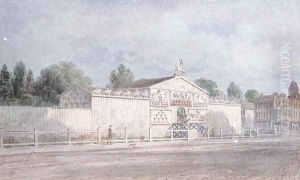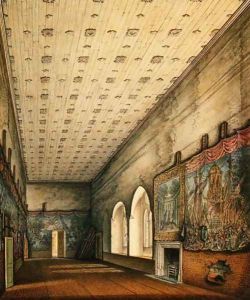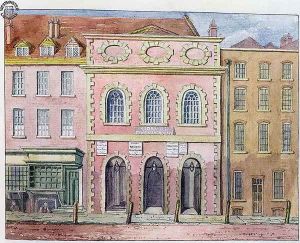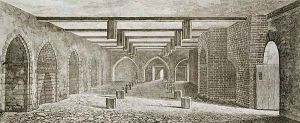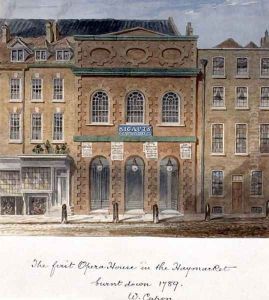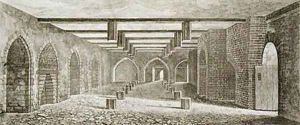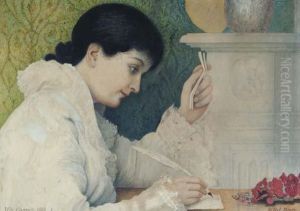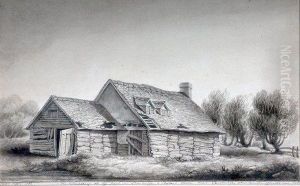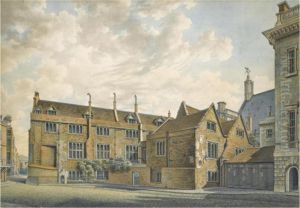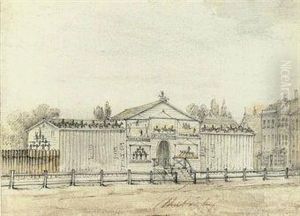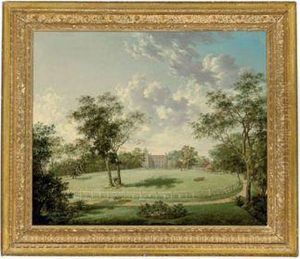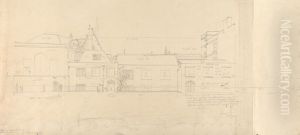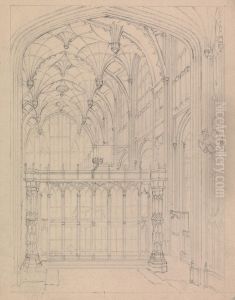William Capon Paintings
William Capon was a British artist known for his architectural and topographical drawings. Born in 1757, Capon's early life details are sparse, but it is evident that his passion for drawing and architecture developed at a young age. He emerged during a period in British art where topographical painting was becoming increasingly popular, partly due to the growing interest in domestic tourism and the picturesque.
Capon's career took a significant turn when he became associated with the London theater scene. He was particularly noted for his work as a scene painter, where his skills in depicting architectural accuracy and his ability to create atmospheric depth became highly valued. His work in the theater brought him into contact with many of the leading figures of the day, including artists, architects, and playwrights.
Beyond the theater, Capon's legacy is also tied to his detailed drawings of London before the widespread changes brought about by the 19th-century developments. His works serve as important historical records, capturing the appearance of buildings and urban landscapes that have since been transformed or lost. Among his notable works are detailed views of the Bank of England, Old London Bridge, and various other significant London landmarks.
Despite his contributions to British art and history, Capon's work was not widely recognized in his time, and he remained relatively obscure outside of his theatrical and architectural circles. However, in the years following his death in 1827, Capon's drawings have been reassessed, and he is now considered an important figure in the documentation of Georgian and early Victorian London.
Capon's influence extends beyond his immediate artistic output. His works have been valuable to historians, architects, and artists alike, offering a window into the past and inspiring future generations to appreciate and preserve the architectural heritage of London and other historical sites in Britain. His drawings, preserved in various collections, continue to be studied and admired for their technical skill and historical significance.
